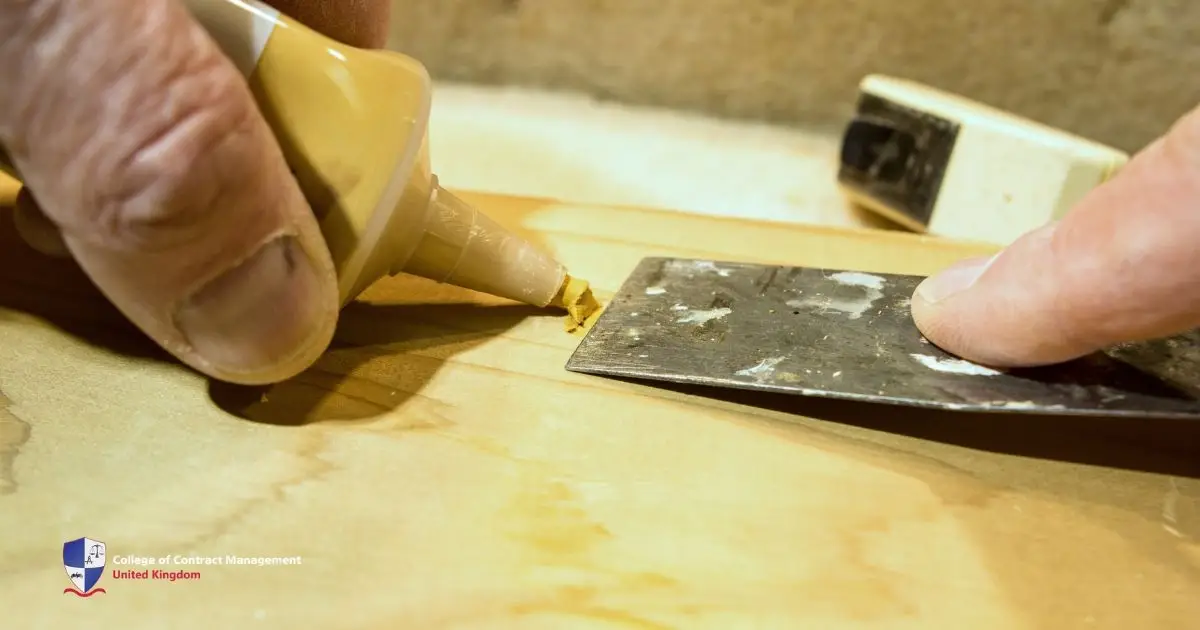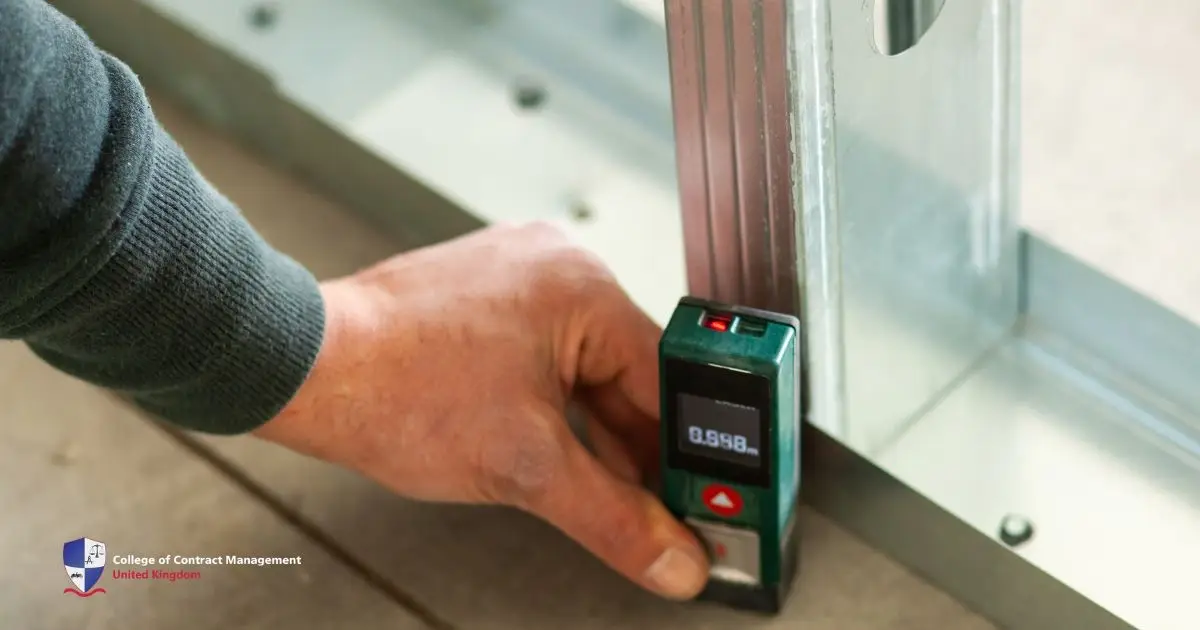Affordable and good quality. These are the perfect terms to describe wooden furniture. That is also a few reasons why wood material is loved by many people. It’s no longer a secret that wood is widely used for various furniture making. However, did you know what process manufacturers take to make wood furniture? The simple answer: it takes a long way. But one of the crucial processes is the finishing part.
Finishing is a vital moment for manufacturers to create high-quality wood furniture. Not only does it determine the quality, but also the solidity and aesthetic aspect. In this part, there's a step called wood filler, which implements the first step of the finishing process. It plays an important role before proceeding to the next phase.
This article will provide essential information about wood filler, especially for those who are in charge of woodworking. You will get what they do, their different types, factors to consider before choosing one, and how to use them. Ready? Let’s dive in!
What is wood filler?
Wood filler is part of the wood manufacturing finishing process that covers cracks, seams, nail holes, or any imperfections. This step can make the wood surface smoother and reduce production defects. Since it is the first thing in the finishing part, it’s very critical before jumping into the painting process. Take a look at some of its benefits you should be aware of:
- Improves durability: With all of the weak spots covered properly, woodwork durability can be improved. It can automatically improve your wood furniture's lifespan.
- Enhances aesthetic display: Enhances overall appearance with a smooth surface that is defect-free.
- Fix old furniture: Repairing and perfecting cracks or holes in old wood furniture.
- Cover damaged textures: It can also be used to cover textures that have been damaged by various things, including insects.
Knowing some of the purposes and benefits above, this step directly affected the action and visuals. If you are involved in woodworking, there’s no reason you should avoid it in the finishing process. To clarify, wood filler has so many different types that you can align with your needs. You will get the details below, so keep scrolling!
Different types of wood filler
Before using the wood filler, you'd better know first its different types that are commonly found in society. Each one has its own pros and cons depending on things like how durable it is, how much it costs, and what it's made of. The options available actually give you more advantage as you can choose the ideal one to use. So, here are various types you can consider:
Water-based wood filler
This is one of the most common types and is widely used by many people. So the good news is you won’t have a problem finding this filler. It’s made from wood glue mixed with wood fibres. You have to use it outdoors to keep it from melting since it’s water-based. Because of that, it tends to shrink when it dries, so it’s a good idea to overfill your holes.
Solvent-based wood filler
If you need a filler to fill or cover quite big gaps, this type is perfect for you. Wood fibres are still a popular material for some fillers, including solvent-based ones. Moreover, it also contains a mixture of epoxy or vinyl as its basic material. A little bit different from the previous type, solvent-based, it can be used for exterior wood.
Pore-filling wood filler
Like its name suggests, this is used to fill pores before you start painting. One thing about this filler is that it's a lot more watery than other types. When you use it, it fills up the wood’s open grain and covers it nicely. As a result, you can paint easily and effectively.
Two-part wood filler
As for this one, it can be safely said to be the strongest type and is perfectly suitable for wood that needs massive repair. Before applying, you need to mix this filler with two or more substances to make it work efficiently. Another plus is that you can use it on almost all wood types, both interior and exterior parts.
If you need filler to fill or cover quite big gaps, this type is perfect for you. Wood fibres are still a popular material for some fillers, including solvent-based ones. Moreover, it also contains a mixture of epoxy or vinyl as its basic material. A little bit different from the previous type, solvent-based wood filler can be used for exterior wood.
How to use wood filler?
Besides benefits and types, there are still other discussions you need to know about it: How to use it. Actually, doing wood filler can be done by professionals who have proven experience. However, if you want to do it yourself, make sure you know how to do it right. Here are some details you have to be aware of:
- Prepare some tools and materials: Firstly, you need to prepare all of the tools and materials needed. Putty knives, rags, and this type of filler are a few of them.
- Start filling: Next, start filling and covering the weak spot area. Press the filler deeply and do it fast, as it can harden quickly. But water-based filler might work differently.
- Sand the filler: Once it’s done, begin sanding in certain areas. You can use a sanding sander to sand large spots, or simply use your hand if it’s small. Whatever it is, make sure the filler has completely dried.
- Clean the sawdust: The previous process will leave sawdust that needs to be cleaned before finishing the part. You highly recommend using a tack cloth as it is specifically designed to remove fine dust and other debris.
- Finishing: This is the part when you can paint your wood to give it a refreshing look.
By understanding how to use it nicely, you will avoid any mistakes and wood defects. Plus, another vital point you have to consider before doing this is to ensure you choose high-quality wood filler types and products. Choosing the right type and product will make your wood furniture's lifespan much longer and prevent you from making another repair.
Wood putty vs wood filler: Which one is the best?
You have learnt a lot about this type of filler, now it’s time to discuss another similar product in terms of use: wood putty. Many people often confuse the difference between them and when they can be used. Unlike wood filler, which can harden, wood putty tends to have a high elastic level.
With its unique nature, wood putty is ideally used for wood that expands or shrinks easily when exposed to moisture. Plus, it has many different colours you can freely choose to match with your furniture. The difference, and also might be the cons of wood putty, is that it takes quite a long time to dry, and some paints don’t stick perfectly.
Final Thoughts
At last, it’s very understandable to feel overwhelmed with all of the product types available for fixing your wood furniture. But, whether you like it or not, this is important to learn for your benefit. Wood filler becomes one of the topics you need to master, especially if you want to repair home furniture. It’s an effective way to protect your wood furniture so it can last longer.
Remember, choosing the right filler will determine the quality of the finished part. So, choose carefully and apply perfectly before you beautify the look with paint. Above, you have gained many insights that can be explored further in this topic. However, if you want to learn other relevant fields, the College of Contract Management is your ideal place.
The College provides tons of exciting discussions about home furniture, construction projects, and engineering. Plus, you can access some online courses that offer fun learning experiences. You will get a certificate to help smooth the application process in the real world. Interested? So, don’t wait any longer- enrol now.





